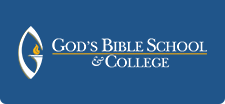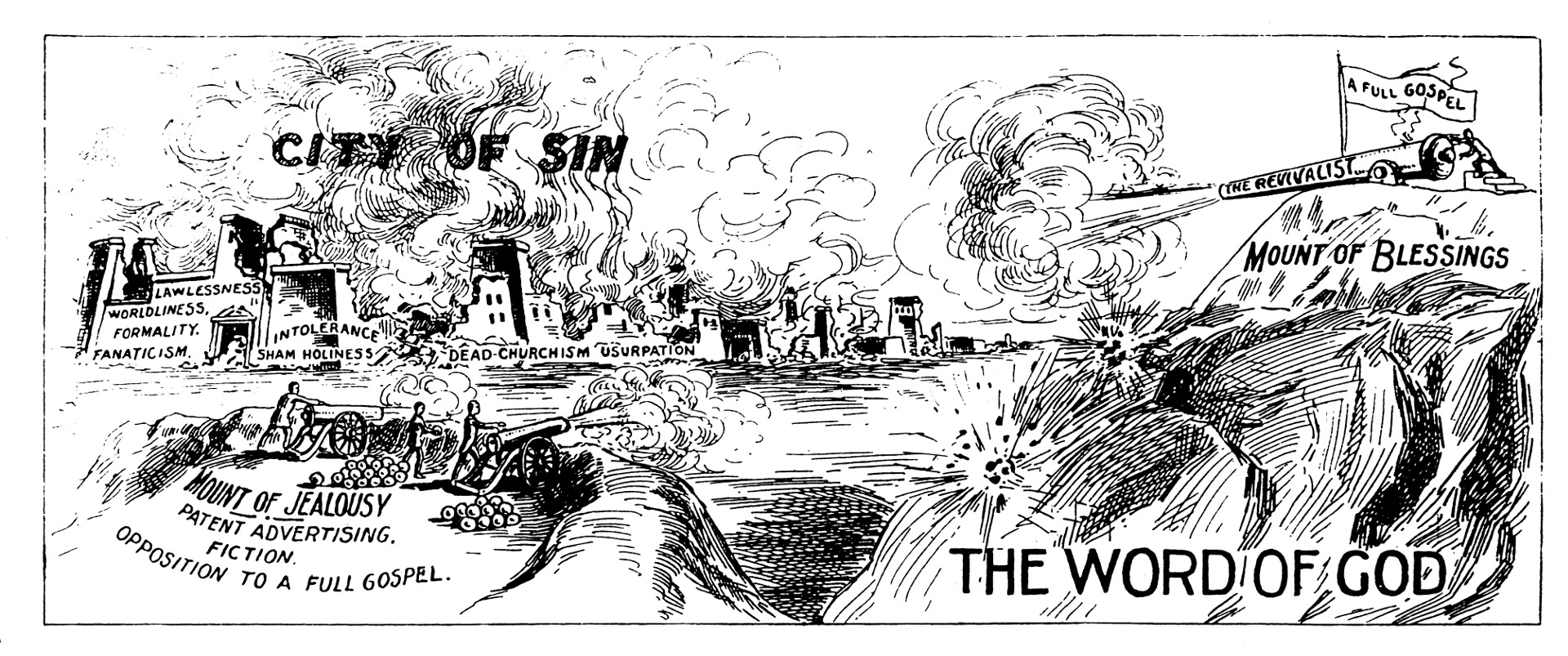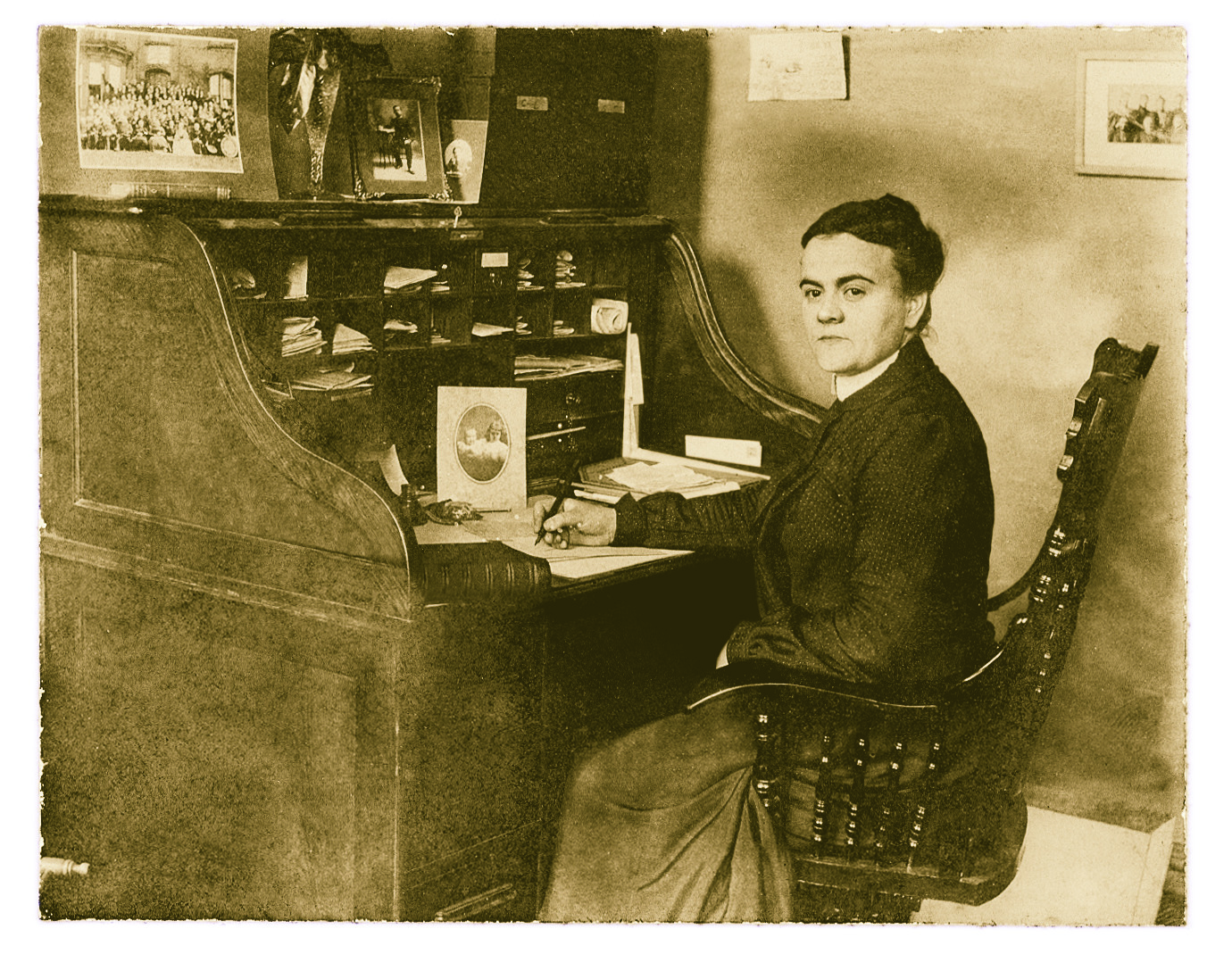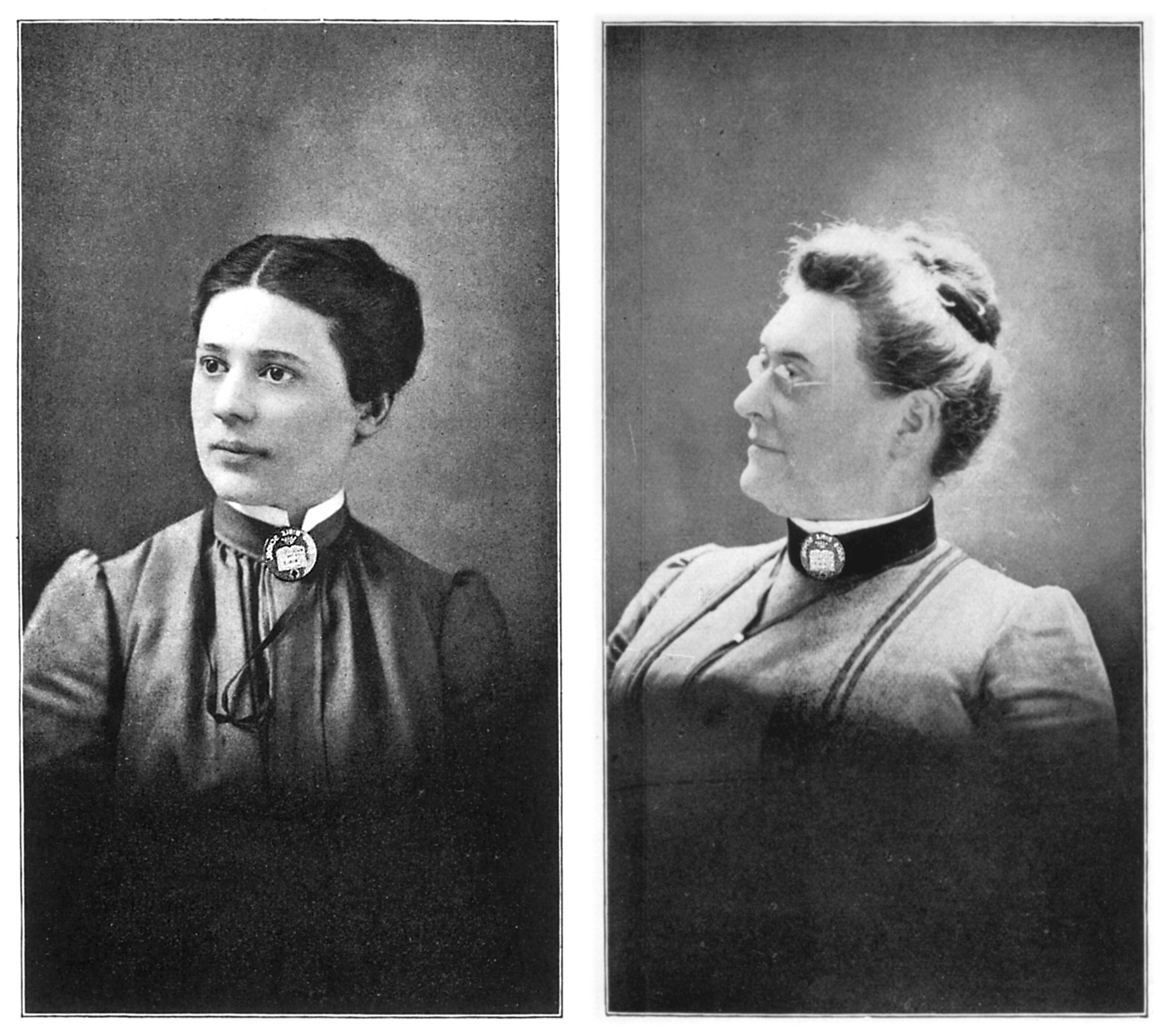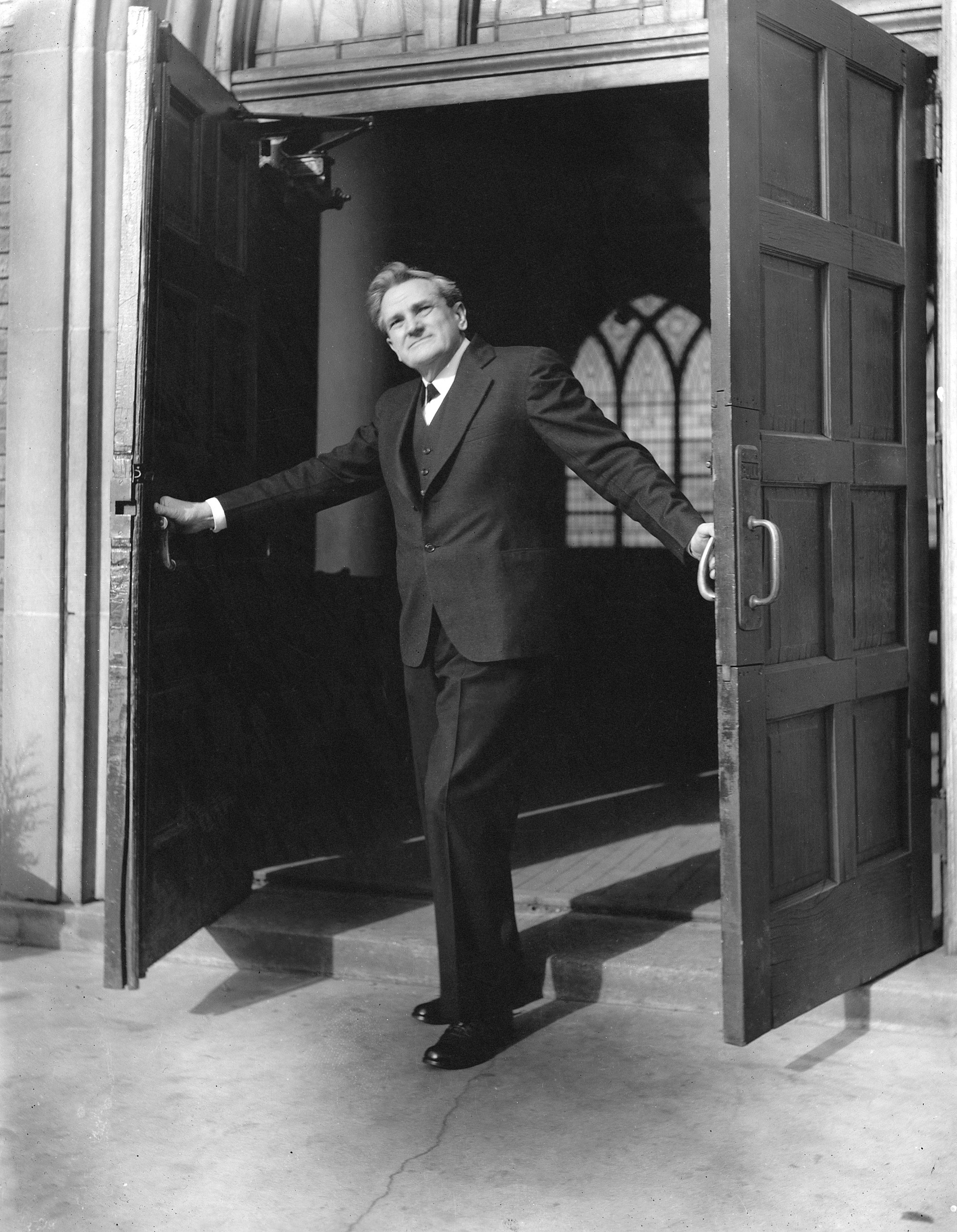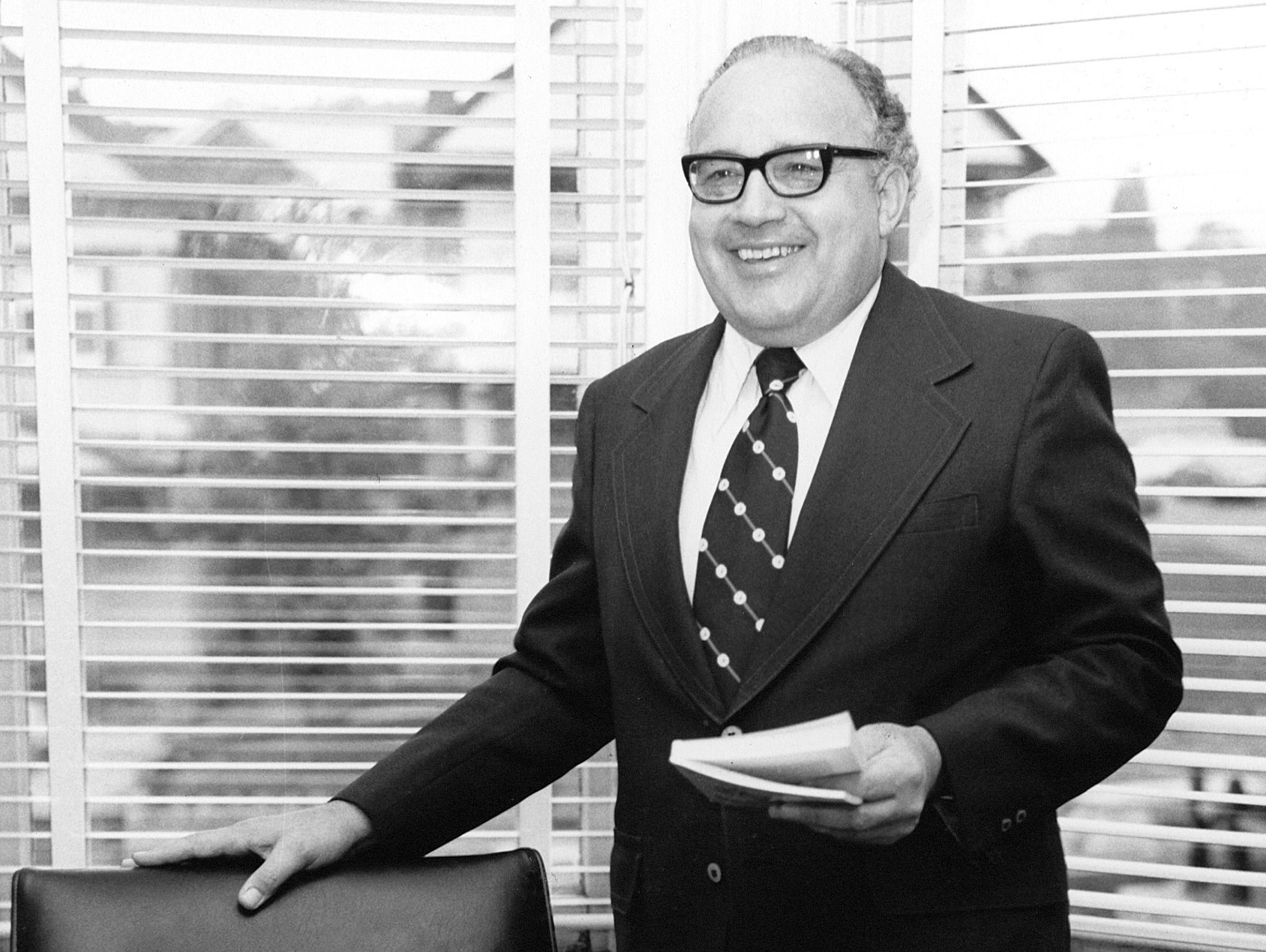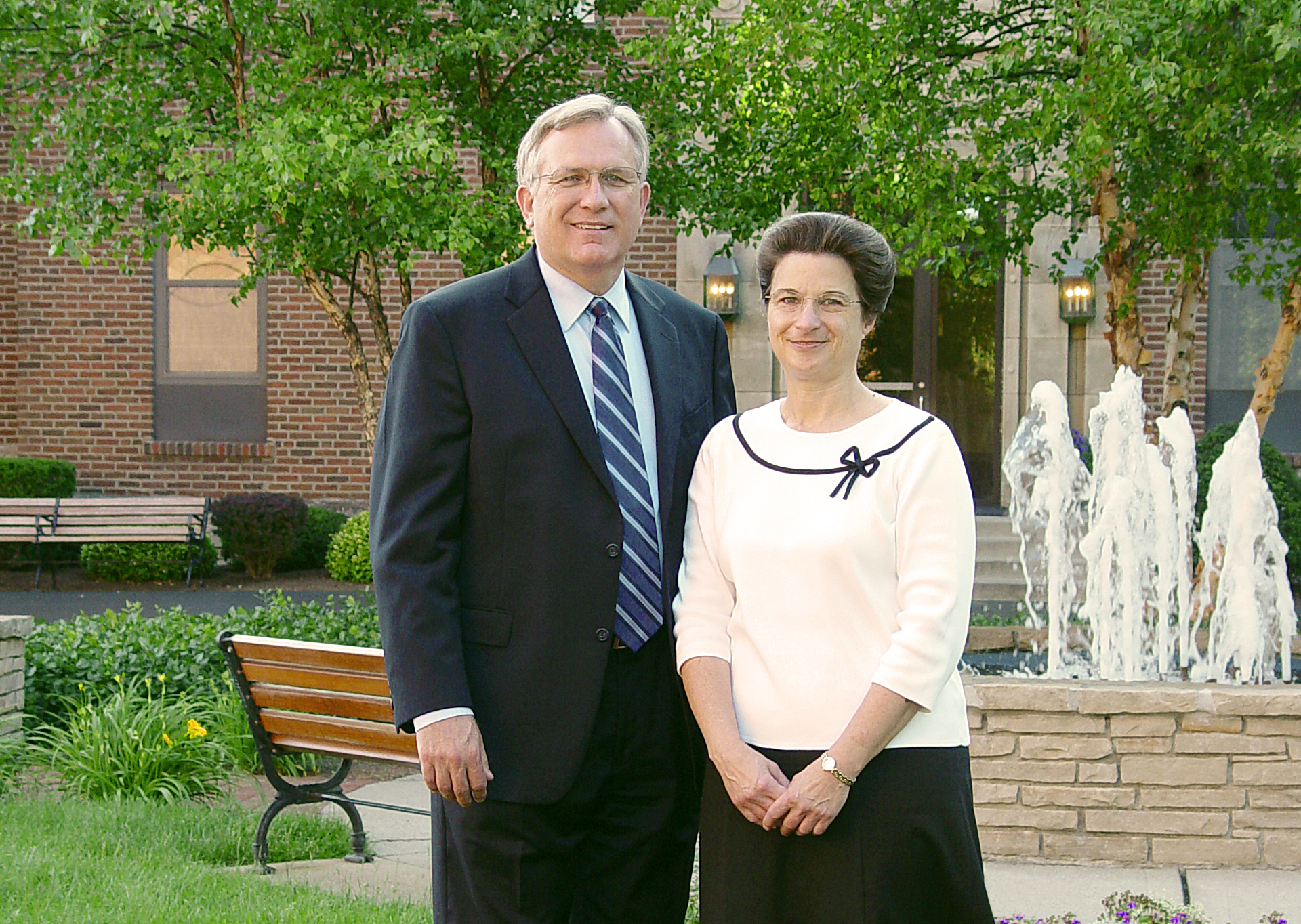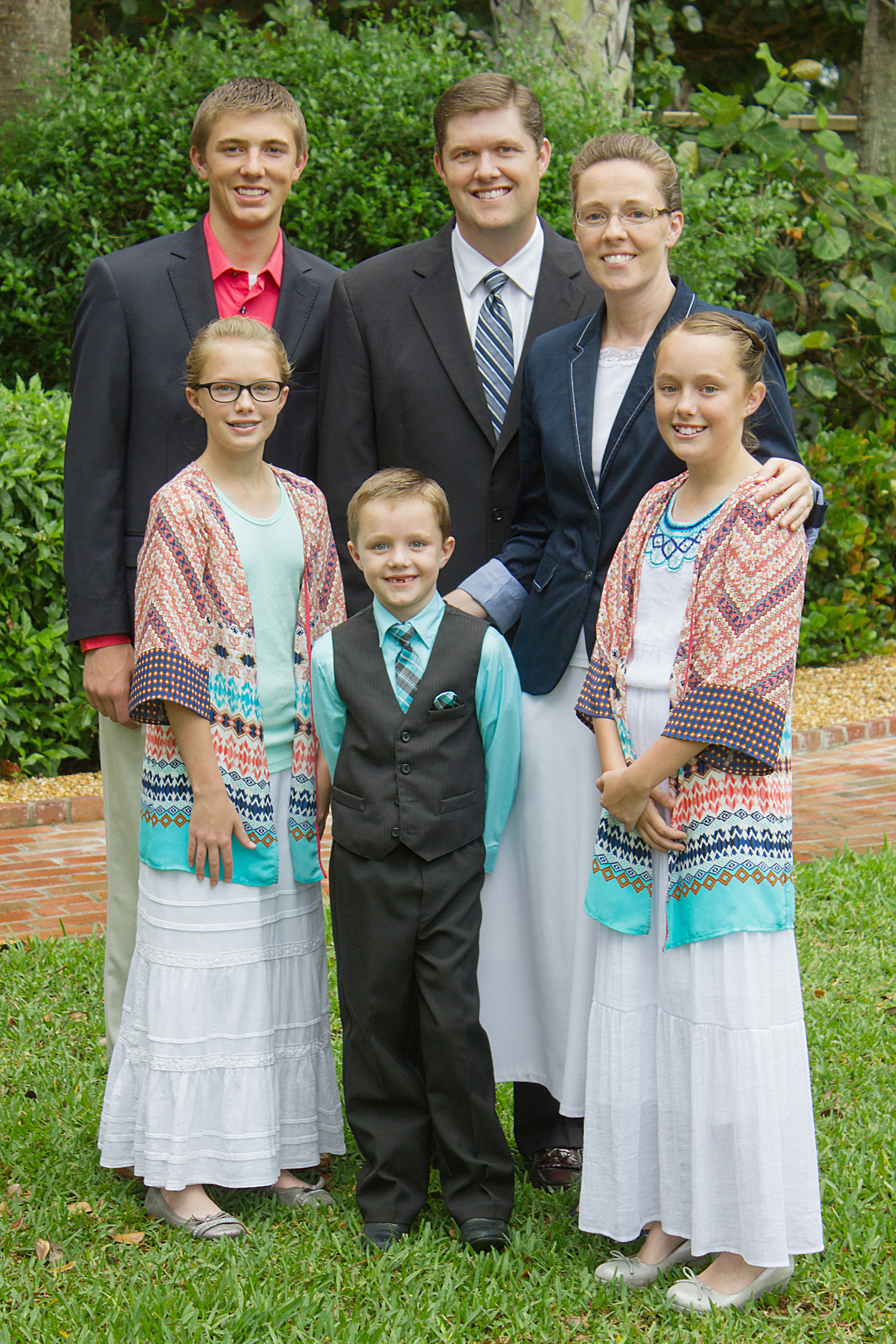timeline
Our Story
Summary
Learn about our history and how it’s shaped our institution from day one.

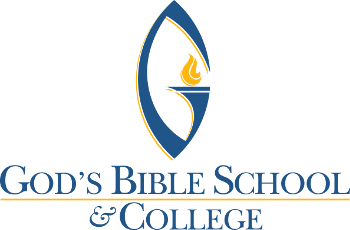
Today you see mission changes all around you, in business and government and even the church. But when you look at us, you see a mission that has remained the same for over 100 years. As in 1900, so today we welcome students into a community where personal transformation takes place as the Holy Spirit calls, prepares and propels men and women into lifelong discipleship and ministry.
You see this in the godly, capable staff and faculty who mentor students into driven disciples — from the students who became the Ten Boys of Japan in 1917, to Brennan and Ivon Muir in Mexico in 2015.
You feel this in chapel services as alumni return from lives of ministry to speak into students’ lives.
You hear this in the passionate sounds of the Choir and of the Symphonic Wind and String Ensemble as they travel throughout the United States and beyond in ministry.
Today’s students come seeking God’s will for their lives, and they join a long line, from Charles and Lettie Cowman hearing God’s call to China in 1900, to Lillian Trasher following God’s leadership to care for orphans in Egypt, to Ezra Byer planting a church in Toronto in 2014.
Our mission hasn’t changed because His mission hasn’t changed.
Our mission is Jesus’ mission. We are intentional and we are driven and we must fulfill it.
1888
Knapp’s zealous ministry
Now called God’s Revivalist, Martin Wells Knapp began his monthly periodical The Revivalist in 1888 in Albion, Michigan. The magazine was actually the primary tool Knapp and his colleagues used to create our college. Reaching an audience that soon grew to about 20,000, The Revivalist gave its editor a powerful voice in America’s fledgling “Holiness Movement.”
Although composed of a primarily Methodist group, this movement was a growing alliance of devout Christians from several Protestant denominations who, like Knapp, were deeply concerned by their church’s enticement to the values of Gilded Age America.
Those in the Holiness Movement insisted that increasing wealth, social status, and embracement of worldly culture had caused a widespread drift from Methodism’s historical commitment to “holiness of heart and life.” The believed evidence for this abandonment of values included the church’s waning emphasis on personal salvation and godly living as well as its gradual withdrawal from sacrificial ministry to the poor and ostracized.
In camp meetings, revivals, and magazines like The Revivalist, the Holiness Movement’s leaders called for spiritual renewal and reform. Among other priorities, an uncompromising recovery of Methodism’s lost spiritual dynamic and a renewed focus on the “fourfold gospel” was necessary.
This “gospel” common to them all emphasized (1) personal salvation, (2) sanctification, (3) divine healing, and (4) the second coming of Jesus Christ to establish His kingdom on the earth.
Throughout the 1880s and 1890s, Knapp continually stressed these themes, not only in The Revivalist, but also in the books he wrote and in his preaching ministry, first as pastor, then as evangelist. Joseph H. Smith, a well-known Methodist evangelist as well as Knapp’s friend and colleague, described Knapp as “a man small in stature, but large in love.
He was zeal incarnate. His whole being, physical and mental, was spent to feed the flame of love’s fires that burned in his heart for souls, for holiness, for God’s people, and for God Himself.”
1892

Significance in a name
In 1892 Knapp moved his family to Cincinnati where he re-established his publishing business and began an inner-city holiness “rescue mission” to minister to both the physical and spiritual needs of “the lost, the last, and the least.” Even before leaving Michigan, Knapp wrote in his diary, “A training school for gospel workers is on my heart and in my head. It seems as if God put it there.”
Now he worked feverishly to make that vision a reality, announcing in the July 21, 1900 issue of The Revivalist his plans for a “training school where the Bible will be the main book studied” and where “the Holy Ghost, its Author, will be acknowledged Superintendent and Interpreter.” That same summer at the corner of Young and Channing Streets in Mt. Auburn, the oldest suburb of Cincinnati, Knapp purchased two houses on a two-acre plot for $20,000.
It was here that he opened “God’s Bible School and Missionary Training Home” as the centerpiece of his thriving ministry of evangelism, education, publication, and social outreach.
Although the name Knapp chose for our school is well-known throughout the Holiness Movement in both the United States and abroad, it still raises questions among those unfamiliar with it. Simply explained, “God’s Bible School” was a term that underscored Knapp’s insistence that God Himself owned the school where “His workers” would “spend at least two years with God’s Book; less only when duty demands.”
To emphasize this fact even further, at his death the founder left our school to God, an action that later instigated serious problems and even a court battle. Additionally, it is also true that our college’s name highlights its interdenominational and nonsectarian nature.
To this day, the words “Missionary Training Home” remain a part of our institution’s corporate name. As Knapp wished, it gives prominence to our college’s originating vision to prepare and send students to “girdle the globe with salvation / with holiness unto the Lord,” as an early popular hymn contended.
William and Mabel Hirst, the first of thousands to leave campus for the mission field, embarked for Africa early in the fall of 1900. Only weeks later, Charles and Lettie Cowman left our school to begin the great work of the Oriental Missionary Society in Japan and eventually Korea. Now OMS International, this organization is one of the largest interdenominational holiness mission organizations in the world.
1900
Opening day
Wednesday evening, September 26, 1900, an eager crowd assembled onto campus and prodded their way into the packed buildings on site. Indeed, “the capacity of the buildings was taxed to the limit, and there was already a great need for additional buildings.” What attraction was generating such a stir?
Our school’s formal dedication was about to commence! Inside the old brick mansion on Young Street, Cincinnati, excited onlookers crowded around the ornate “double-parlor” to witness the formal dedication and to hear the next day’s opening speeches. Today the same building still serves as our administrative center.
Founded by the devout Methodist Rev. Martin Wells Knapp, our new “drill school for Christian soldiers” began with a band of 72 committed students and a faculty team of three. The following term consisted of a vigorous 40 weeks without vacations studying “grammar, orthography, penmanship, reading, and music” all taught from an evangelical Christian perspective.
As Knapp had made clear in his June 21 edition of The Revivalist magazine, the Bible would be the core material studied at our “training school.”
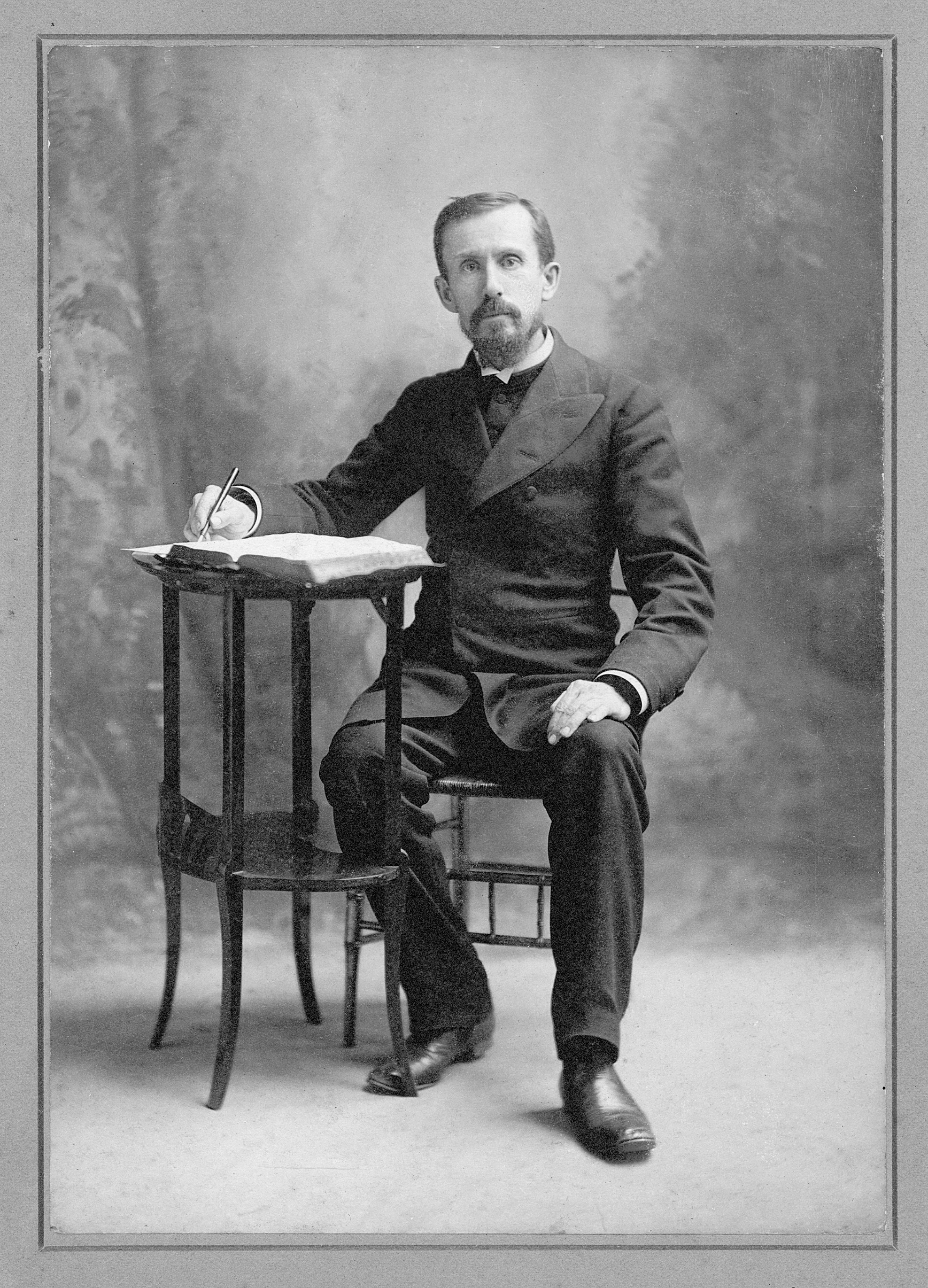
1901
the Administrative trustees
From 1901–1911, these administrative trustees directed academic and religious activities on the “Mount of Blessings,” as our school’s tiny hilltop campus had come to be known. Upon Mary Storey’s death in 1906, she was replaced by Meredith Standley who had married Bessie Queen three years earlier.
During this decade, a large brick building was constructed to house the women’s dormitory, school kitchen, and “engine room” where generators produced electricity for the campus. The purchase of an old mansion on Young Street for “Hope Cottage” also aided our school’s social ministries.
The cottage served as a Christian “home of mercy” for “wayward girls” and their children. Additionally, in 1906 “God’s Orphanage” was opened in a 13-room house near Mulberry, Ohio. Oswald Chambers, later known for his classic devotional book My Utmost for His Highest, joined the faculty briefly in 1907 and continued his connection with GBS for a number of years.
Throughout southern Ohio, the school became well- known for its vigorous evangelism and “rescue work” in Cincinnati’s “Shanty Town” slums sprawled along the Ohio River.
1911
the Standley years
President Standley supervised the construction of two major buildings still crucial to our campus life today – the Revivalist Memorial Building and the Knapp Memorial Building. The Revivalist Memorial Building would contain the new women’s dormitory as well as the offices and printing equipment for God’s Revivalist, and the Knapp Memorial Building would house the school’s chapel, classrooms, and men’s dormitory.
Furthermore, the campus was extended to a full six acres by the purchase of various neighborhood properties; and in March 1930, our school became a pioneer in Christian radio, broadcasting its “Sunrise Worship Hour” over WKRC in Cincinnati.
“Soup, soap, and salvation” had defined GBS’s social witness from the days of Knapp; and following his example, Standley expanded the school’s well-known Thanksgiving Day dinners. At times these dinners would feed more than 20,000 hungry inner-city parents and children during the dark days of America’s Great Depression.
In fact, during World War II, Eleanor Roosevelt became so impressed by our school’s holiday meals that she mentioned them in a 1942 edition of her daily newspaper column. This Thanksgiving Day tradition continued until the 1960s, and its spirit is still honored by a variety of inner-city ministries involving both faculty and students today.
It was during the Standley years that our Bible School became a college in that it received authorization to offer degrees. Beginning in 1940, students could enroll in what was popularly known as the “Ten Weeks Course,” a short, concentrated preparation for Christian workers.
Moreover, culminating the Standley administration was its rigorous “GIs of the Cross” crusade. Opening during a massive city-wide revival at Cincinnati’s famous Music Hall in November of 1946, this campaign began three years of highly successful jeep-and-trailer evangelism across much of the United States and even foreign countries.
1950
Saving the school
Unfortunately, the final years of the Standley administration were marred by excessive, irresponsible debt that threatened the school’s future. Early in 1950, trustees appointed by the Court of Common Pleas chose GBS’s high-school principal Lloyd Day to succeed Standley.
Day was to serve as our college president until 1961. Almost immediately, he launched a massive campaign to “save the school;” and in cooperation with the court-appointed business manager Allen Roudebush, Day was able to raise several thousand dollars through cash donations and debt cancellations to attempt to erase GBS’s staggering debt and establish financial credibility.
Eliminating Debt remained a prime concern for Elmer G. Marsh, who served as our fourth president from 1961–1965. Marsh was in his eighties at the time of his election and had already given nearly fifty years as a much-loved and widely-respected teacher at his alma mater. However, by dealing with the school’s creditors and encouraging friends of GBS to rally to our college’s defense, he brought stability and renewed confidence to campus.
Marsh’s successor, Samuel Deets, served as president from 1965 – 1975. His youthful vigor, academic insight, and “hands-on” approach made his tenure a period of vigorous activity focused on rebuilding and renewal. On June 8, 1969, a great “Jubilee Service” was held in the chapel to celebrate the liquidation of our college’s overwhelming debt, which at one time reached over one million dollars.
Soon thereafter, Deets launched a major effort to rejuvenate the long-neglected campus. School finances grew, new properties were added to the school’s holdings, and in March 1975, ground was broken for the new student-activities building.
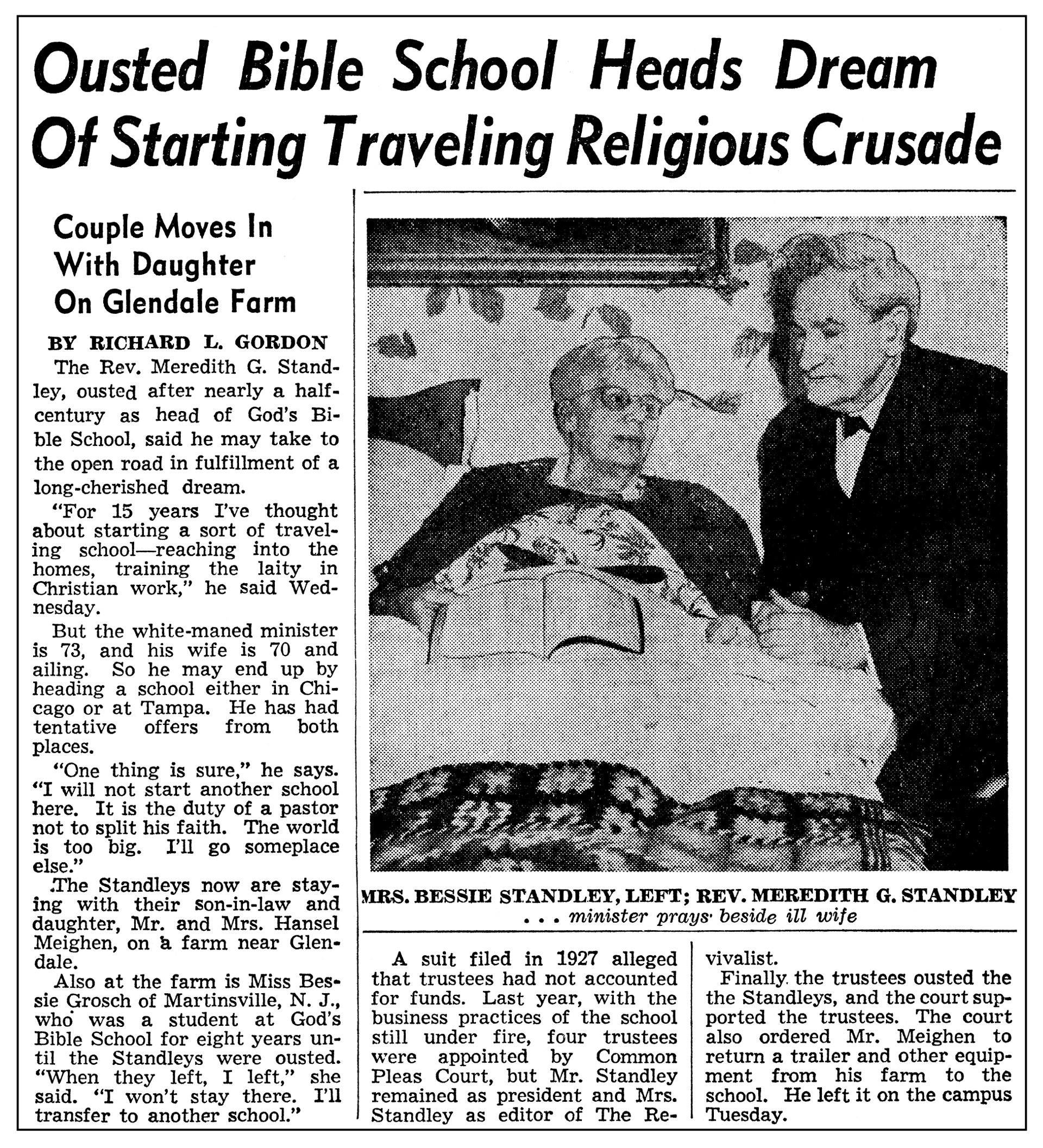
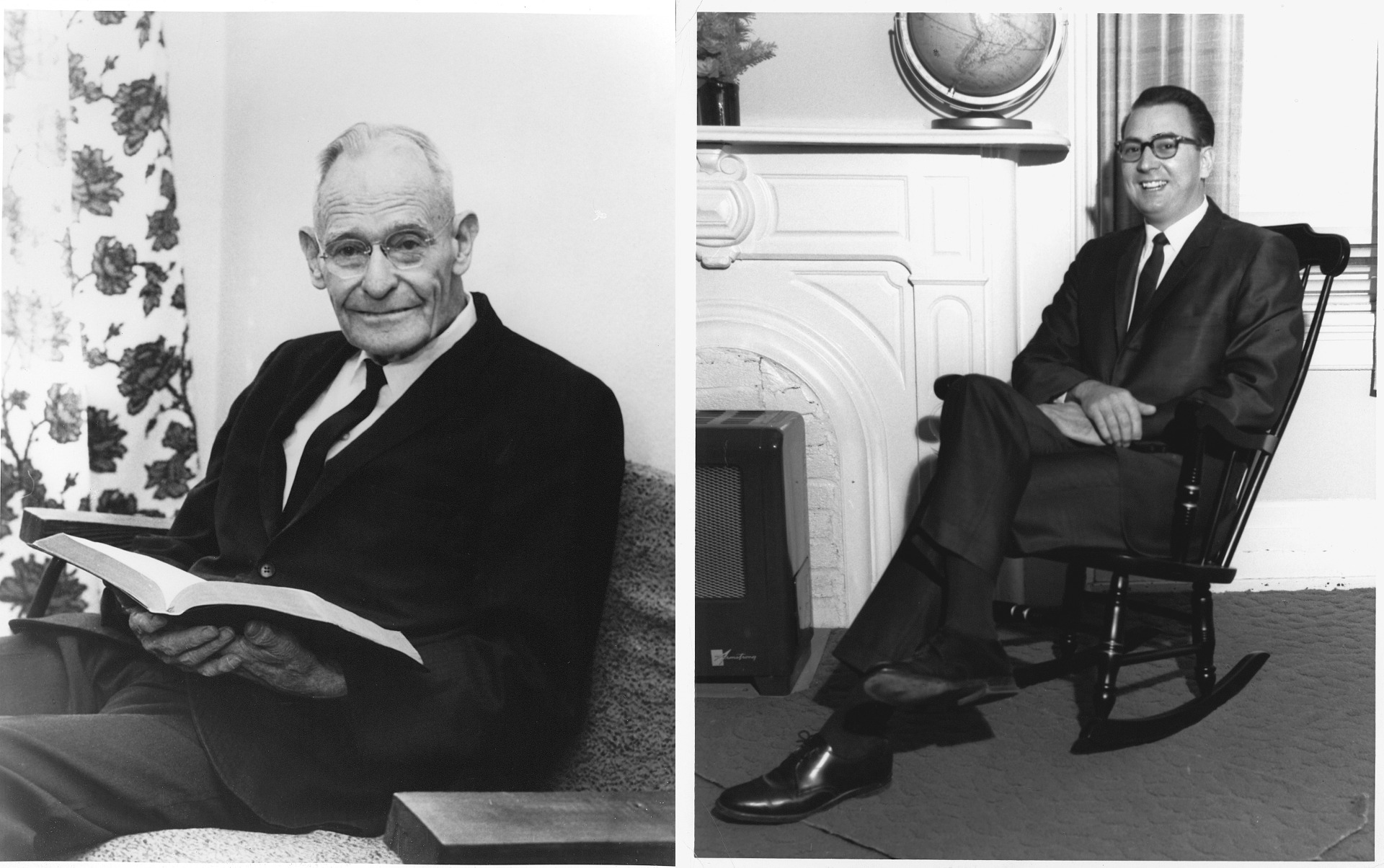
1975
Rebuilding
Our sixth president, Bence C. Miller, exercised forceful leadership from 1975-1995. A highly successful pastor and businessman, he continued the campaign begun under his predecessor to renovate campus buildings and renew its infrastructure. The student-activities building was completed in 1977 to house the dining hall, gymnasium, and classrooms.
Thirteen years later, the R. G. Flexon Memorial Library was opened for service. Additionally, in 1982 the Court of Common Pleas freed GBS from judicial supervision, leaving our school to chart its own destiny.
During President Miller’s tenure, GBS also received full accreditation by the Accrediting Association of Bible Colleges in 1982 and was certified as a degree-granting institution by the Ohio Board of Regents in 1994.
Reverence for the past, vision for the future
1995
Expansion
Installed the summer of 1995, our seventh president was Dr. Michael R. Avery. Spurring on continuing campus rebuilding, he directed the complete renovation of the main chapel, Administration Building, and Women’s Residence Hall.
Other additions to campus included the H. E. Schmul Ministerial Resource Center which houses a rare collection of Methodist holiness books, a preaching chapel, a study area for ministerial students, and the William D. Gale Missionary Resource Center for the Division of Intercultural Studies and World Missions (ISWM).
In 2000, he led the school through its centenary celebration unveiling the centenary walk and monument; and in 2001 the Aldersgate Distance Learning Program (ADEP) began under his leadership.
President Avery also initiated the school’s first official capital campaign, designated “Faith in the Future,” in 2002. This operation successfully eliminated all school debt, built a new facilities building, and completely renovated two floors of the Revivalist Memorial Building into a state of the art Academy complete with a science and computer lab shared with the college.
By purchasing numerous properties adjacent to the campus, President Avery expanded our grounds as well as removed considerable blight from the community.
Under his leadership the school received accreditation by the Higher Learning Commission of the North Central Association of Colleges and Schools and the Evangelical Commission for Financial Accountability, and also became a member of the Greater Cincinnati Consortium of Colleges and Universities.
President Avery’s leadership demonstrated a deep commitment to excellence that is still reflected in every aspect of campus life.
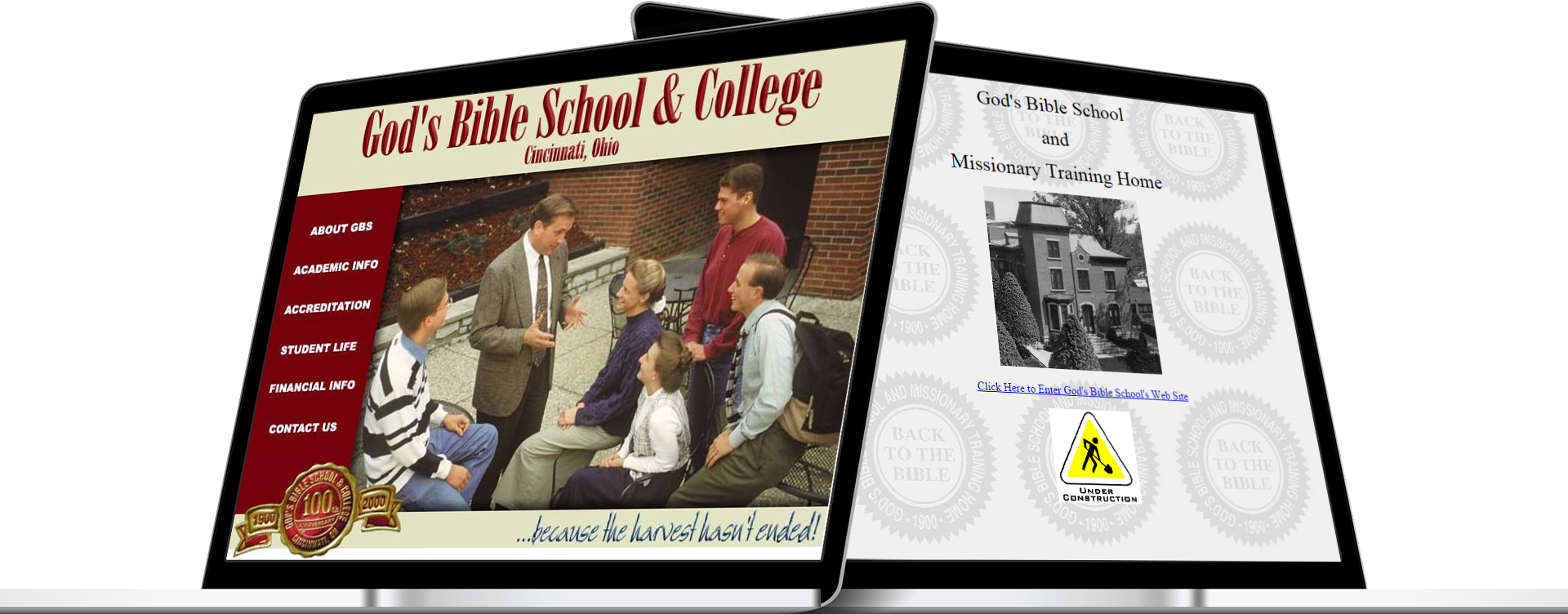
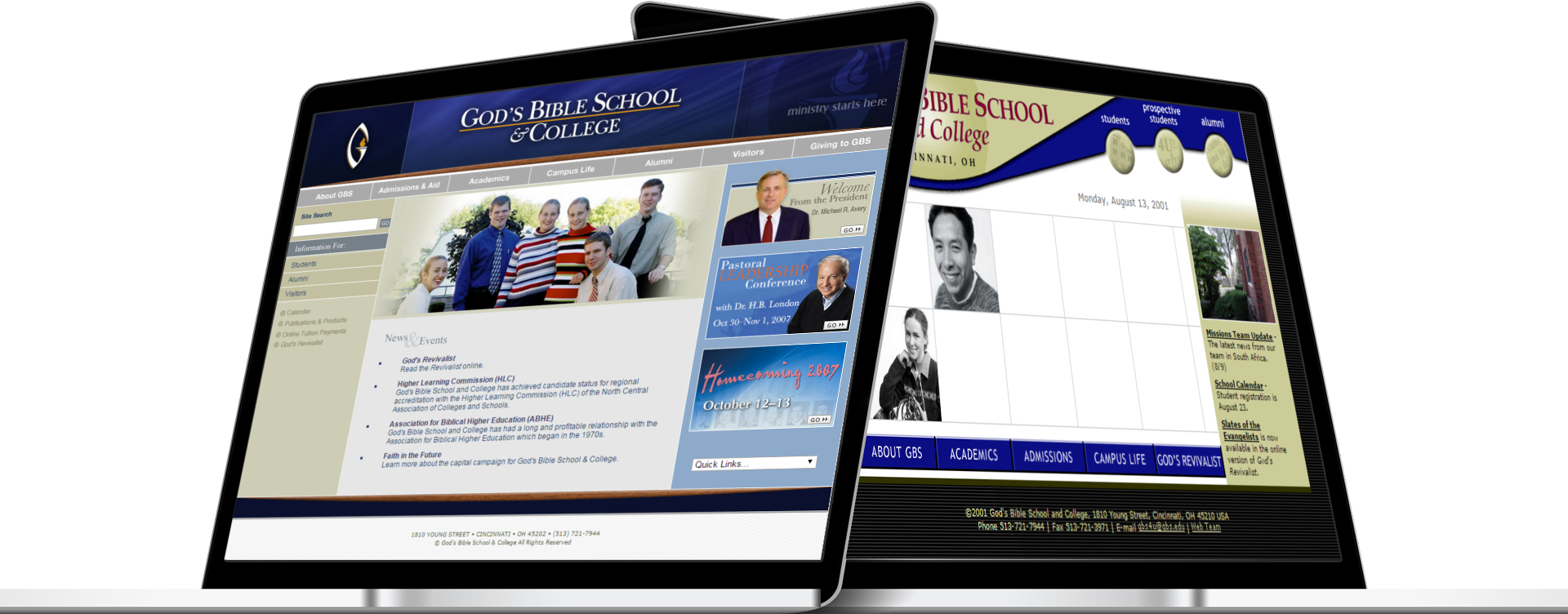
A new chapter
2017
Today
Rev. Rodney Loper, PhD, a native of Fairborn, Ohio, enrolled at God’s Bible School and College in 1997. While there he met and married fellow student Melissa Arender. The new couple was active in ministry at the Bible Methodist Church in Franklin, Ohio where the Loper family had attended for years. Rodney served as assistant pastor there from 1999 to 2001.
After graduating from GBSC with the BA in Ministerial Education in 2001, the Lopers accepted a pastorate in Oklahoma City, Oklahoma. Then, in 2007 he joined the pastoral staff of Hobe Sound Bible Church and served as senior pastor from 2009 to 2016. While there he completed the MA in Leadership and Preaching from Trinity Theological Seminary.
In December 2015, the GBSC Presidential Search Committee contacted Rev. Loper to let him know that he had been recommended as a candidate and secured his permission to allow his name to be considered for the position. The board selected him on May 23, 2016. Two months later the Lopers arrived on campus July 27, 2016. Now the family included four children: Scott (16), Breanna (13), Brooklyn (12), and Colton (7).
Rodney assumed the position of president-elect on August 15. During the yearlong transition, he worked with President Avery and gradually took on more and more responsibility. On July 1, 2017, Rev. Rodney Loper officially assumed the presidency of GBSC.


